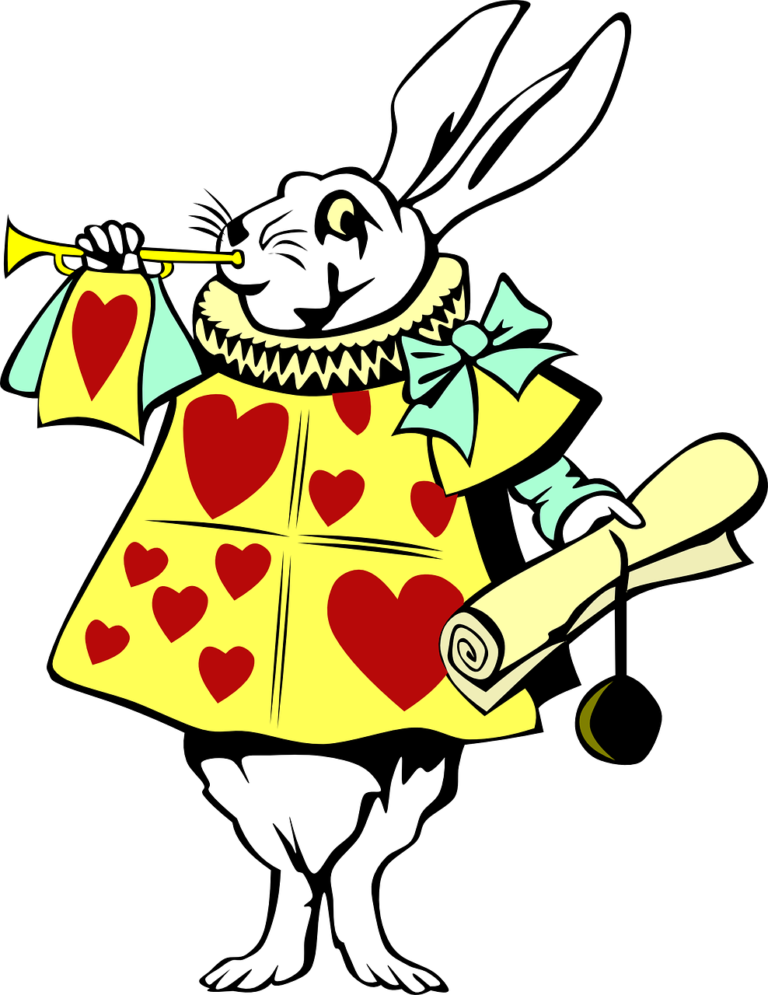
If you’ve been writing for a while, you may notice characters come fluttering into your head out of nowhere, full of personality and ready to go.
But when that doesn’t happen, how do you go about putting together a main character?
Character possibilities are everywhere: grocery stores, church, school—even your own house.
Characters are easy to find.
The trick comes in crafting characters so they can carry your story.
One way to judge the potential of a character is to look at your plot and ask yourself, is my character the worst person to put into these situations?
If so, yay!
You want a fish out of water.

Sending a ballet dancer to a dance contest wouldn’t be exciting, nor would they be able to carry the story.
That dancer belongs in the contest.
But, dropping a devout country kid into a big city glamorous event would be more interesting.
Or flip it and send that dancer to a John Deere tractor competition. (Hallmark movies are good at this country mouse/town mouse situation.)
OK, so you have the worst person to succeed in your plot.
Now, give them a fatal flaw, something that could bring them down before they have a chance to accomplish their goal.
Something beyond being the fish-out-of-water.
Maybe the ballet dancer gets hives when they’re nervous, so they start scratching while trying to handle the 20-ton tractor and it’s veering toward the crowd.
While you’re at it, give your MC an unusual attribute, some special something that makes them different.
It could be a quality they didn’t know they had or something they’ve suspected for a while.
Back to our ballet dancer, maybe they’re a huge animal lover and see that they’re about take out a herd of 4-H club cows and sheep with that tractor.

Then, because they’re such an amazing student, they remember their teacher’s lesson about mind over matter, so they use their fear to get control of the tractor, saving the animals at the last minute.
Your character can’t be a run-of-the-mill kid.
They need at least one special ability.
And that ability is what’s going to help them achieve the story goal.
If they’re a gifted flute player, make that skill help them.
If they’re a gymnast, use that to achieve the goal.
If they’re a poet, use it.
In addition to that physical ability, your MC needs something else: amazing curiosity, amazing patience, amazing strength, amazing perseverance, amazing drive.
Something amazing.
You know what sets legends apart from the rest of the world?
Legends don’t give up.
Give your character that kind of spirit, that kind of chutzpah and daring.
When I first started writing, I created characters who were “typical” kids, an average Joe.
And then I wondered why my stories never got off the ground.
It was boring.
Kids don’t want to read about average.
Of course, they want to be able to identify with the hero, but they should be able to see the character’s strength (curiosity, drive, etc.) as one that they have or could develop.
In your first draft, just for fun, try making your main character completely over-the-top.
See how they behave in the various situations of your story.
If you need to, you can dial back their personality in your revisions.
A quick tip: When you’re writing your story, be careful with character descriptions.
Readers don’t really need to know the color of a character’s hair, or if they have a button nose.
Only give information that is important to furthering the plot.
If having a button nose helps to further the plot, then by all means, let the reader know about it.
Another tip: When you’re naming your characters, be careful about having names that sound similar, or that start with the same letter.
Be careful, too, with unusual names like Apple, Blue, Rainbow, Moon, Golden. It’s okay to use those kinds of names—once—in your story.
But don’t name all your characters like that.
Unless there’s a compelling reason for a character having such a different name, you might want to rethink it.
A good rule of thumb is if anything distracts from your story and takes the reader out of your fictional world—even for a moment—there had better be a good reason.
You’re aiming to have nothing random in your story.
Everything should serve the narrative.
Now you’ve got your main character, throw them into your story and see what they do.
Enjoy your week.
~ Gail
(Tick tock)
Before you go, don’t forget to sign up for my mailing list, below:






One Comment
Comments are closed.